Yes, it is that time of year again, DAC is coming and it is in San Francisco so you can bet we will break attendance records, absolutely. I would like to call on ALL semiconductor IP companies to exhibit this year. IP is the center of the semiconductor design universe, DAC is the premier semiconductor design event, and San Francisco … Read More
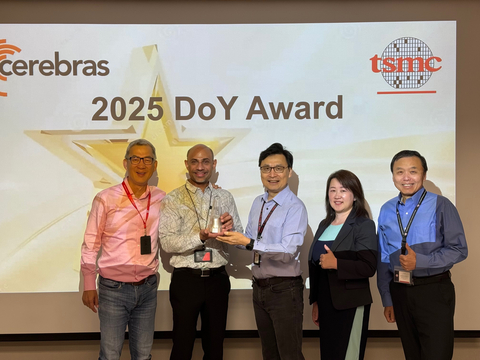 Cerebras AI Inference Wins Demo of the Year Award at TSMC North America Technology SymposiumThis is a clear reminder of how important…Read More
Cerebras AI Inference Wins Demo of the Year Award at TSMC North America Technology SymposiumThis is a clear reminder of how important…Read More ClockEdge Delivers Precision, Visibility and Control for Advanced Node Clock NetworksAt advanced nodes, the clock is no longer…Read More
ClockEdge Delivers Precision, Visibility and Control for Advanced Node Clock NetworksAt advanced nodes, the clock is no longer…Read More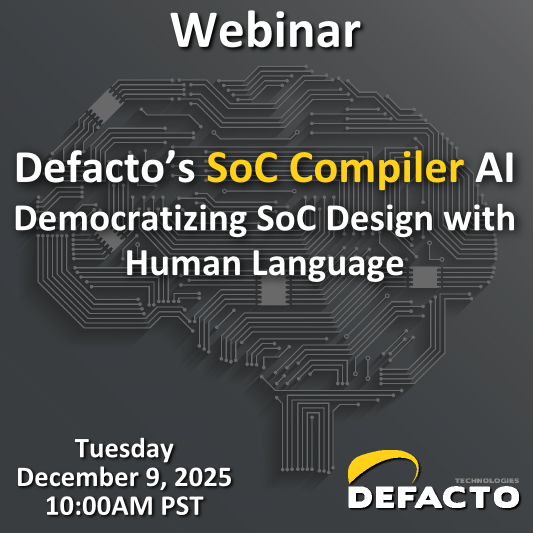 WEBINAR: Defacto’s SoC Compiler AI: Democratizing SoC Design with Human LanguageModern chip design has reached unprecedented levels of…Read More
WEBINAR: Defacto’s SoC Compiler AI: Democratizing SoC Design with Human LanguageModern chip design has reached unprecedented levels of…Read MoreHappy Holidays from Atrenta
It is that time of year and once again Atrenta has produced a video wishing you all the best for the holiday season. They are so spread around the world it is not just Hanukkah and Christmas but the Asian Lunar New Year (end of January) and probably some more holidays I don’t even know about. Last year there was a competition to name… Read More
Security Path Verification
Formal approaches and security are a perfect match since you really want to prove that there are no holes in your security, rather than just being fairly confident. At the recent Jasper User Group meeting, Victor Purri presented some case studies in security verification.
The Jasper Security Path Verification (SPV) App is used… Read More
Why integrating HDMI 2.0?
High Definition Multimedia Interface (HDMI) is today part of our day to day life, at home as well as at our office we are using devices integrating HDMI ports. HDMI penetration is well illustrated by this picture (created in Dec. 2011 by In-Stat): from DTV to Game console, the devices belong to the Consumer Electronics market segments,… Read More
Should Intel Offer Foundry Services?
This has been a heated topic since Intel announced that it would open its manufacturing facilities to the fabless ecosystem more than a year ago. I for one think it is a colossal mistake and I’m not surprised that many others share this view. IDM’s offering of excess manufacturing capacity to semiconductor design companies… Read More
Mentor Buys Oasys
Mentor is acquiring Oasys, subject to all the usual caveats about shareholder and regulatory approval. The shareholder paperwork went out earlier this week. The common stock is valueless so presumably the price is low (and Mentor historically has not paid high prices for its acquisitions).
So what is going to happen with the technology?… Read More
Verification of Multirate Systems with Multiple Digital Blocks
Our popular smart phones have a whole slew of RF-based radios in them for: Bluetooth, WiFi, LTE, GSM, NFC. Using just a single clock frequency for a DSP function or SoC is a thing of the past, so the design of multirate systems is here to stay. So now the challenge on the design and verification side is to use a methodology that supports:… Read More
AMD Goes 3D
I attended the 3D packaging conference in Burlingame this week. The most interesting presentation to me was by Bryan Black of AMD. He argued very convincingly that Moore’s Law is basically over for the PC microprocessor business and the way forward is going to be 3D. AMD are clearly working on all this.
Increased density and… Read More
Taming The Interconnect In Real World For SoCs
Interconnect plays a significant role in the semiconductor design of a SoC; if not architected and handled well, it can lead to an overdesigned SoC impacting on its power, performance and area. Since a SoC generally contains multiple IPs requiring different data paths to satisfy varying latency and performance cycles, it has … Read More
Mobile Maturity Leads to Extremes
The smartphone is becoming a commodity, a lifecycle stage where the strong get stronger, the weak get weaker, and the products standardize and start to look alike. This dynamic is driving innovation in existing products to extremes and spawning a new class of wearable devices.
Today two major players are leading the mobile hardware… Read More





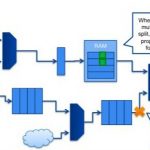
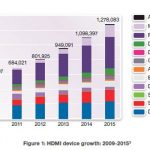


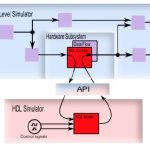
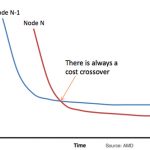
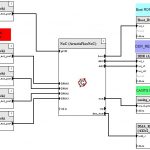
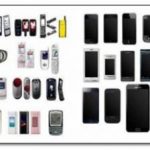
Jensen Huang Drops Donald Trump Truth Bomb on Joe Rogan Podcast